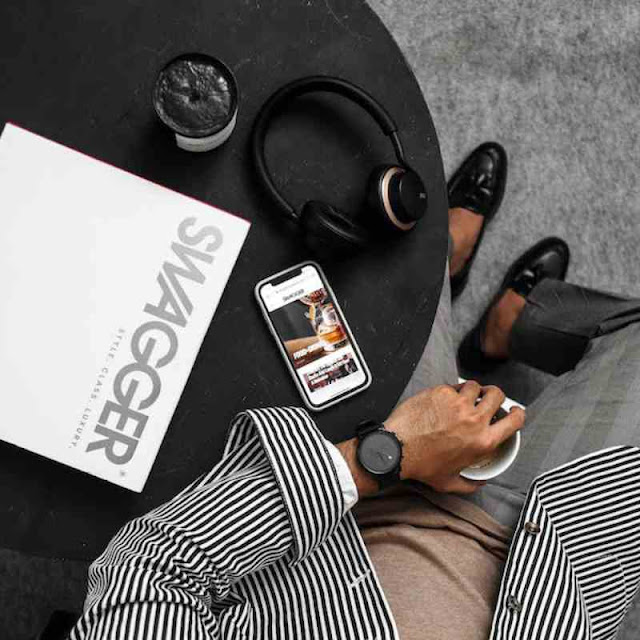technology fashion

Wearable Technology
One of the most important ways technology has unfair fashion
is through wearable technology. Wearable technology refers to clothing and
accessories incorporating technology to provide functionality or enhance user
experience. Examples of wearable technology include fitness trackers,
smartwatches, and smart glasses.
Smartwatches have become increasingly popular, with brands
like Apple and Samsung leading the way. Smartwatches provide users with
features like fitness tracking, notifications, and mobile payments. In
addition, fitness trackers like Fitbit and Garmin provide users with health
data and insights, encouraging a more active and healthy lifestyle.
Bright clothing has also emerged as a new category of
wearable technology. Clothing with built-in sensors can provide data on the
wearer's posture, heart rate, and movement, allowing for more personalized and
efficient workouts. Bright clothing can also offer safety features like
built-in lights for nighttime running.
3D Printing
3D printing has also had a significant influence on the
fashion industry. 3D printing refers to creating a physical object from a
digital perfect by adding layers of material. In fashion, 3D printing can create
intricate and unique enterprises that would be difficult or impossible to
achieve with traditional manufacturing methods.
Fashion designers like Iris van Herpen have incorporated 3D
printing into their designs, creating stunning pieces that push the boundaries
of traditional fashion. In addition, 3D printing has allowed small fashion
businesses and independent designers to produce designs without expensive
manufacturing facilities.
Virtual and Augmented Reality
Virtual and augmented reality have also become increasingly
prevalent in the fashion industry. Virtual reality refers to a
computer-generated environment that simulates a physical presence, while
augmented reality overlays digital content in the real world. Both technologies
have been used in fashion to provide immersive experiences for customers.
Virtual and augmented reality has been used to create
virtual fashion shows, allowing designers to showcase their collections to a
global audience without physical events. Virtual reality has also created
immersive shopping experiences, allowing customers to try on clothing and
accessories virtually before purchasing.
Sustainability
Sustainability has become a significant concern in the
fashion industry, and technology has provided new ways to address this issue.
For example, 3D printing can produce clothing and accessories on demand,
reducing waste and excess inventory. In addition, smart fabrics can create more
durable, breathable, and comfortable clothing, reducing the need for frequent
replacements.
Technology has also made it possible to recycle and
repurpose materials. For example, recycling technologies can convert waste
materials like plastic bottles into fabric, reducing the environmental impact
of textile production. In addition, repurposing technologies can transform old
clothing and accessories into new designs, reducing the amount of cloth waste in
landfills.
Challenges
While technology has provided many benefits to the fashion
industry, it also faces significant challenges. One of the most critical
challenges is the pace of technological change. As new technologies emerge,
fashion companies must adapt quickly to stay relevant and competitive.
Another challenge is the cost of incorporating technology
into fashion. Wearable technology and 3D printing can be expensive, making them
inaccessible to small fashion businesses and independent designers. Therefore,
fashion companies must balance the costs of incorporating technology with the
potential benefits to their brand and customers.
Privacy and security are also concerns with wearable
technology. Wearable devices collect data on the user's location, activity, and
health, raising concerns about privacy and protection.


